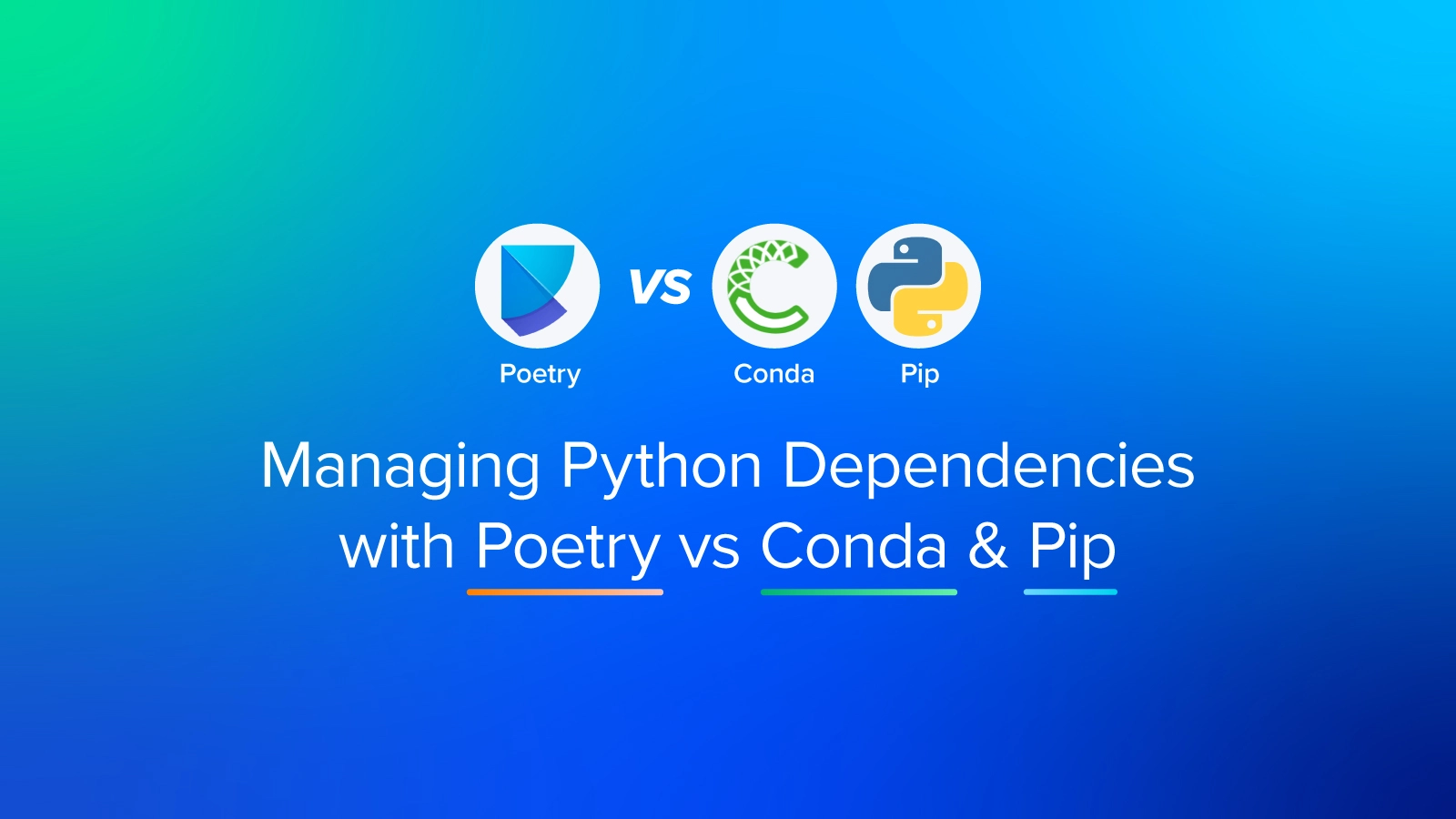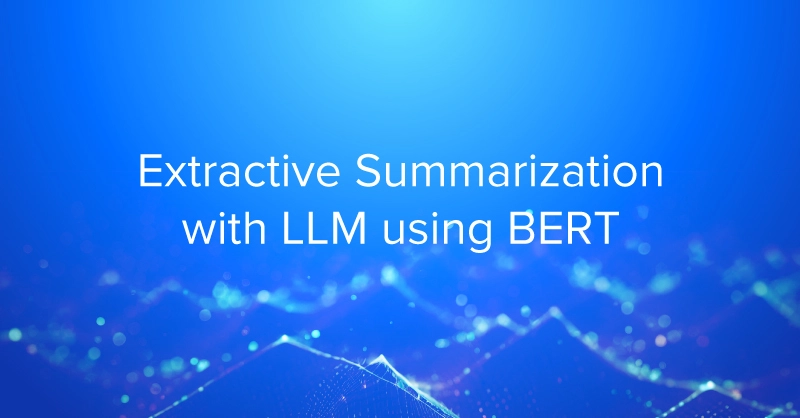
LAMMPS Patch Release Overview
What is LAMMPS primarily used for?
LAMMPS has potentials for solid-state materials (metals, semiconductors) and soft matter (biomolecules, polymers) and coarse-grained or mesoscopic systems. It can be used to model atoms or, more generically, as a parallel particle simulator at the atomic, meso, or continuum scale.
LAMMPS runs on single processors or in parallel using message-passing techniques and a spatial-decomposition of the simulation domain. Many of its models have versions that provide accelerated performance on CPUs, GPUs, and Intel Xeon Phis. The code is designed to be easy to modify or extend with new functionality.
Changes since the release 3 March 2020:
- Update USER-COLVARS package to version 2020-02-27 (Giacomo Fiorin, Temple U) PR #1909
- Move fix bond/react into its own package, USER-REACTION (Jake Gissinger CU Boulder) PR #1822
- Update the molecule command to add support for setting molecule IDs and grouping atoms into fragments (Jake Gissinger CU Boulder) PR #1913
- Optimizations for the KOKKOS version of SNAP (Evan Weinberg, NVIDIA) PR #1922
- New pair styles with smeared coulomb charge interactions (coul/slater) (Evangelos Voyiatzis,Royal DSM) PR #1883
- New fix numdiff command to compute derivatives of per-atom data numerically from finite differences (Charles Sievers, UC Davis) PR #1891
- Require C++11 and CMake 3.10, simplify some CMake settings and remove checks for pre-C++11 compilers (Axel Kohlmeyer and Giacomo Fiorin, Temple U) PR #1915, PR #1930
- Improved CMake support for the "ninja" build tool (Christoph Junghans, LANL) PR #1940
- Improved CMake support for cross-compiling LAMMPS for Windows on Linux (Axel Kohlmeyer, Temple U) PR #1949 , PR #1950
- Avoid a clash between the KOKKOS and GPU package with
-DCUDPP_OPT=on(default setting) (Axel Kohlmeyer, Temple U) PR #1918 - Changes to the binary restart file format, so that incomplete restart files can be detected. Also an option to fix halt to monitor file systems for available free space (Axel Kohlmeyer, Temple U) PR #1862
- Validate coordinate data when reading data files (Axel Kohlmeyer, Temple U) PR #1945
- Rename package USER-MESO to USER-MESODPD (Axel Kohlmeyer, Temple U) PR #1924
- Major documentation cleanup that removes artifacts from txt2rst processing, updates many external URLs, improves syntax highlighting settings and uses more consistent typesetting for examples and throughout the text. USER-ATC documentation is now in rst format, too. (Axel Kohlmeyer and Richard Berger, Temple U) PR #1926, PR #1932, PR #1936, PR #1938, PR #1939 , PR #1948, PR #1945
- Various tweaks, bug fixes, and small updates (multiple authors) PR #1918 , PR #1923 , PR #1920 , PR #1928, PR #1929 , PR #1930, PR #1940, PR #1945
Backward compatibility note:
- As of this release LAMMPS requires a C++11 compatible compiler
- Building LAMMPS with CMake now requires CMake version 3.10 or later
- The USER-MESO package was renamed to USER-MESODPD. All styles included in the package have retained their names
read_datawill now stop with an error on invalid coordinates or image flag data (instead of using a 0) and on non-zero image flags for z in 2d-systems
This release has 2 assets:
- Source code (zip)
- Source code (tar.gz)
Visit the release page to download them.
About LAMMPS
LAMMPS (Large-scale Atomic/Molecular Massively Parallel Simulator) is an open-source molecular dynamics simulator written in C++ from Sandia National Laboratories and is designed for parallel machines. LAMMPS models an ensemble of particles in a liquid, solid or gaseous state. It can model atomic polymeric, biological, metallic, or mesoscale systems using a variety of force fields and boundary conditions and is easily extensible.

LAMMPS Patch Release 19 March 2020
LAMMPS Patch Release Overview
What is LAMMPS primarily used for?
LAMMPS has potentials for solid-state materials (metals, semiconductors) and soft matter (biomolecules, polymers) and coarse-grained or mesoscopic systems. It can be used to model atoms or, more generically, as a parallel particle simulator at the atomic, meso, or continuum scale.
LAMMPS runs on single processors or in parallel using message-passing techniques and a spatial-decomposition of the simulation domain. Many of its models have versions that provide accelerated performance on CPUs, GPUs, and Intel Xeon Phis. The code is designed to be easy to modify or extend with new functionality.
Changes since the release 3 March 2020:
- Update USER-COLVARS package to version 2020-02-27 (Giacomo Fiorin, Temple U) PR #1909
- Move fix bond/react into its own package, USER-REACTION (Jake Gissinger CU Boulder) PR #1822
- Update the molecule command to add support for setting molecule IDs and grouping atoms into fragments (Jake Gissinger CU Boulder) PR #1913
- Optimizations for the KOKKOS version of SNAP (Evan Weinberg, NVIDIA) PR #1922
- New pair styles with smeared coulomb charge interactions (coul/slater) (Evangelos Voyiatzis,Royal DSM) PR #1883
- New fix numdiff command to compute derivatives of per-atom data numerically from finite differences (Charles Sievers, UC Davis) PR #1891
- Require C++11 and CMake 3.10, simplify some CMake settings and remove checks for pre-C++11 compilers (Axel Kohlmeyer and Giacomo Fiorin, Temple U) PR #1915, PR #1930
- Improved CMake support for the "ninja" build tool (Christoph Junghans, LANL) PR #1940
- Improved CMake support for cross-compiling LAMMPS for Windows on Linux (Axel Kohlmeyer, Temple U) PR #1949 , PR #1950
- Avoid a clash between the KOKKOS and GPU package with
-DCUDPP_OPT=on(default setting) (Axel Kohlmeyer, Temple U) PR #1918 - Changes to the binary restart file format, so that incomplete restart files can be detected. Also an option to fix halt to monitor file systems for available free space (Axel Kohlmeyer, Temple U) PR #1862
- Validate coordinate data when reading data files (Axel Kohlmeyer, Temple U) PR #1945
- Rename package USER-MESO to USER-MESODPD (Axel Kohlmeyer, Temple U) PR #1924
- Major documentation cleanup that removes artifacts from txt2rst processing, updates many external URLs, improves syntax highlighting settings and uses more consistent typesetting for examples and throughout the text. USER-ATC documentation is now in rst format, too. (Axel Kohlmeyer and Richard Berger, Temple U) PR #1926, PR #1932, PR #1936, PR #1938, PR #1939 , PR #1948, PR #1945
- Various tweaks, bug fixes, and small updates (multiple authors) PR #1918 , PR #1923 , PR #1920 , PR #1928, PR #1929 , PR #1930, PR #1940, PR #1945
Backward compatibility note:
- As of this release LAMMPS requires a C++11 compatible compiler
- Building LAMMPS with CMake now requires CMake version 3.10 or later
- The USER-MESO package was renamed to USER-MESODPD. All styles included in the package have retained their names
read_datawill now stop with an error on invalid coordinates or image flag data (instead of using a 0) and on non-zero image flags for z in 2d-systems
This release has 2 assets:
- Source code (zip)
- Source code (tar.gz)
Visit the release page to download them.
About LAMMPS
LAMMPS (Large-scale Atomic/Molecular Massively Parallel Simulator) is an open-source molecular dynamics simulator written in C++ from Sandia National Laboratories and is designed for parallel machines. LAMMPS models an ensemble of particles in a liquid, solid or gaseous state. It can model atomic polymeric, biological, metallic, or mesoscale systems using a variety of force fields and boundary conditions and is easily extensible.





